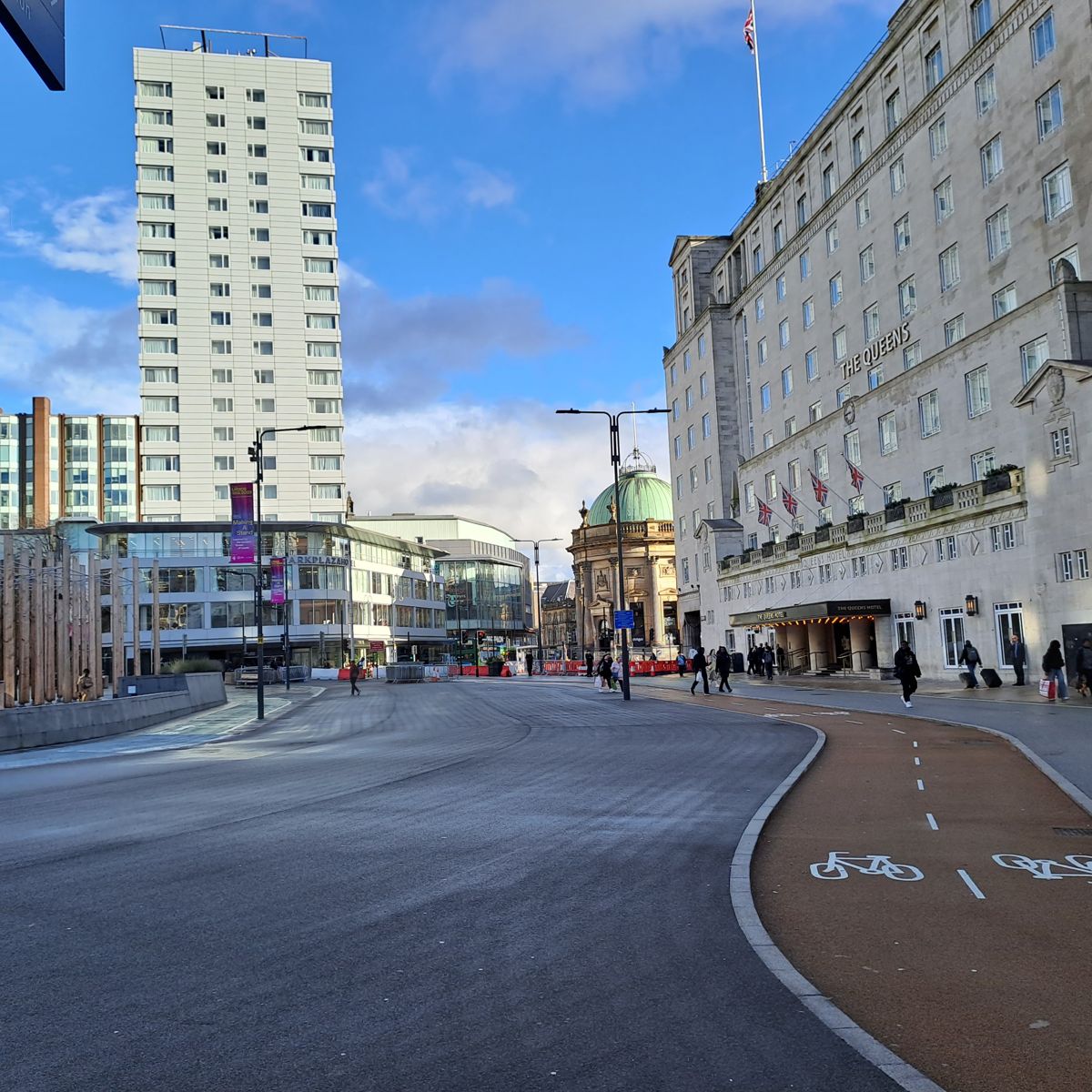Leeds City Council’s Connecting Leeds transport strategy has made significant progress in enhancing the city’s transport infrastructure, with a £750 million investment in roads, railways, buses, cycling, and walking paths. The strategy aims to reduce congestion, improve air quality, and promote alternative modes of transport, with future goals including meeting carbon targets, investing in public transportation, and eliminating road deaths by 2040.
What are the achievements and future goals of the Connecting Leeds transport strategy?
The Connecting Leeds transport strategy has led to significant enhancements in transport infrastructure, including a £750 million investment into roads, railways, buses, cycling and walking paths aimed at reducing congestion and improving air quality. Future goals include meeting 2030 carbon targets, further investment in public transportation, and eliminating road deaths by 2040 with the Leeds Vision Zero ambition.
Transforming Travel and Connectivity
In a dynamic move to transform the city’s travel landscape, Leeds City Council’s executive board is set to review the substantial progress made under the Connecting Leeds transport strategy. The upcoming discussion scheduled for the 22nd of November will spotlight the extensive achievements of an initiative poised to revolutionize transport and connectivity within Leeds and its broader region. The aspirations of Connecting Leeds are not small; they aim to unify the community by enhancing connectivity—knitting together places, people, jobs, and leisure opportunities. This strategy is brought to life through significant enhancements to roads, railways, buses, cycling, and walking infrastructure, aimed at easing congestion and elevating air quality and accessibility.
Key to this strategy is a commitment to promote alternative transport options such as walking, cycling, and the use of public transport. The intended outcome is a clear shift away from personal vehicle reliance, supporting carbon reduction initiatives, and fueling inclusive growth by improving access to employment, education, and other public services. Since the strategy’s inception in 2018, Leeds has seen an investment of £750 million funneled into its transport infrastructure through partnerships with the West Yorkshire Combined Authority, bus operators, and other key stakeholders. Notable projects include the Leeds Public Transport Investment Programme, the East Leeds Orbital Route, modifications to City Square, and the Armley Gyratory and Regent Street flyover enhancements, coupled with the recent introduction of Leeds City Bikes.
City Square Transformation and Travel Habit Changes
The closure of City Square to general traffic signifies a decisive step toward transforming Leeds’ city centre, enhancing the principal gateway from the railway station. This shift emphasizes the prioritization of public transport and the creation of enjoyable public spaces for residents and visitors. Monitoring of travel patterns in the city centre between 2022 and 2023 reveals a promising 10% decline in private car usage. In contrast, there has been a noticeable increase in walking, cycling, bus, and rail travel, with walking surging by an impressive 45%.
The city’s commitment to sustainable transport is further exemplified by the successful rollout of the Leeds City e-Bikes scheme, the UK’s most extensive program of its kind. The scheme encourages residents to embrace cycling for their commutes, supported by the city council’s investment in high-quality cycling infrastructure. Launch statistics are promising, with 1,200 users covering 375 kilometers and undertaking over 1,600 trips in the first week, which escalated to 2,649 journeys and 7,938 kilometers within the first month. The accompanying infographic illustrates various performance indicators, including the uptake of electric vehicles, the introduction of Starship delivery robots, SMART traffic signal systems, increased use at local rail stations, and the integration of road safety education through Bikeability cycle training.
Funding Gaps and Future Development
Despite these advancements, Leeds faces a substantial funding challenge to meet its 2030 carbon targets and the goals set out in the connecting transport strategy. The city requires further investment to maintain current momentum and introduce new key infrastructure programs that will facilitate a significant shift towards active travel and public transportation.
Councillor Helen Hayden, the executive member for infrastructure and sustainable development, shared insights into the impact of the ongoing projects. “I am delighted and proud to have seen the completion of many projects, especially the launch of Leeds City Bikes,” said Councillor Hayden. With new urban realm spaces fostering increased foot and bicycle traffic, including the newly pedestrianized City Square, Leeds can now host one of Europe’s largest Christmas markets. The exclusion of general traffic from City Square is contributing to reduced emissions and improving overall air quality in the city centre.
The Sustainable Travel Gateway and ongoing works at Leeds City Station aim to provide a safer, more welcoming entrance to the city. The transformation of Leeds’ transport system is an ongoing effort, extending to the completion of projects like Armley Gyratory by the next summer and the Leeds Station Gateway Scheme. With the overarching Leeds Vision Zero ambition, the city plans to eliminate road deaths and serious injuries by 2040.
Councillor Hayden concluded by expressing gratitude for the public’s patience amid the disruptions caused by these transformative changes. The city of Leeds remains committed to realizing a future that reduces car dependency, fostering a transport model that is sustainable, accessible, and inclusive for all. For more information on the Connecting Leeds transport strategy, visit Connecting Leeds.
ENDS
- The Connecting Leeds transport strategy has led to a £750 million investment in roads, railways, buses, cycling, and walking paths.
- The strategy aims to reduce congestion, improve air quality, and promote alternative modes of transport.
- Future goals include meeting carbon targets, investing in public transportation, and eliminating road deaths by 2040.
- The closure of City Square to general traffic has led to a decline in private car usage and an increase in walking, cycling, bus, and rail travel.
- Leeds faces a funding challenge to meet its 2030 carbon targets and the goals of the connecting transport strategy.
